Sustainability in Packaging Benchmarking: How to Measure It
Discover the key metrics and methodologies for evaluating sustainability in packaging. This guide on sustainability in packaging benchmarking provides insights into measuring environmental impact, optimizing resource use, and implementing eco-friendly practices to enhance your brand's commitment to sustainability.
Sustainability in Packaging Benchmarking: How to Measure It
In an era where environmental consciousness is at the forefront of consumer and corporate priorities, sustainability in packaging has emerged as a critical focus for businesses worldwide. As companies strive to reduce their ecological footprint, the need for effective benchmarking in sustainable packaging becomes increasingly important. Benchmarking serves as a vital tool for measuring progress, setting industry standards, and identifying best practices in the pursuit of eco-friendly packaging solutions. By understanding how to measure sustainability in packaging, businesses can not only enhance their environmental performance but also gain a competitive edge in a market that increasingly values sustainability. This exploration into the methodologies and metrics of sustainable packaging benchmarking will provide insights into how companies can assess their current practices, set achievable goals, and drive innovation towards a more sustainable future.
Benchmarking Sustainability: Measuring Progress and Innovation in Eco-Friendly Packaging Solutions
Benchmarking sustainability in the realm of eco-friendly packaging solutions involves assessing and measuring the progress and innovation that companies are making towards reducing their environmental impact. This process is crucial for identifying best practices, setting industry standards, and encouraging continuous improvement in sustainable packaging. By evaluating various metrics such as carbon footprint, recyclability, biodegradability, and the use of renewable materials, businesses can gain insights into their current performance and areas for enhancement. Moreover, benchmarking allows companies to compare their efforts against industry leaders and competitors, fostering a culture of innovation and accountability. As consumer demand for sustainable products grows, the ability to effectively measure and communicate advancements in eco-friendly packaging becomes a key differentiator in the market, driving both environmental and economic benefits.
Benchmarking Sustainability: Advancing Eco-Friendly Packaging Solutions for a Greener Future
In recent years, the focus on sustainability has intensified, prompting industries worldwide to reevaluate their environmental impact. One critical area of concern is packaging, which often contributes significantly to waste and pollution. Benchmarking sustainability in packaging involves assessing and comparing the environmental performance of various packaging solutions to identify the most eco-friendly options. This process includes evaluating materials, production methods, and end-of-life disposal to minimize ecological footprints. By advancing eco-friendly packaging solutions, companies can reduce their carbon emissions, decrease reliance on non-renewable resources, and promote a circular economy. This shift not only aligns with global sustainability goals but also meets the growing consumer demand for environmentally responsible products.
In conclusion, benchmarking sustainability in packaging is a vital step towards achieving a greener future. By prioritizing eco-friendly packaging solutions, industries can significantly reduce their environmental impact and contribute to a more sustainable planet. This approach not only benefits the environment but also enhances brand reputation and consumer trust. As more companies adopt sustainable practices, the collective effort can lead to substantial positive changes in global environmental health. Ultimately, advancing eco-friendly packaging is not just a trend but a necessary evolution in the way we approach product design and consumption, ensuring a healthier planet for future generations.




